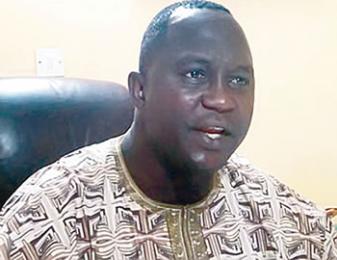Democrats won overwhelming victories in race after race across the country, but they enjoyed particular success in the type of high-income suburban areas that the Clinton campaign was convinced would be sufficiently repulsed by Donald Trump to overwhelmingly back her.
In 2016 they weren’t. But in 2017, Democratic candidates romped home with victories that went far beyond the wildest expectations of the party’s partisans.
The crown jewel for the Democrats was Ralph Northam’s win in Virginia’s gubernatorial race. Northam, the state’s incumbent lieutenant governor, far exceeded the expectations of pundits and the analysis of pollsters by winning with a 54-45 margin.
The Virginia Democrat had run a much-criticised campaign and even Republicans had marvelled at its miscues. “Everything that could have gone wrong went wrong,” as the Republican state senator Dick Black put it.
But Northam still won by overwhelming margins in suburban and exurban areas, taking 60% of the vote in both Prince William and Loudoun counties, rapidly growing suburbs and exurbs of Washington DC. When Gillespie ran for Senate in 2014 against the popular incumbent Mark Warner, he won Loudoun County and lost Prince William by less than 3%.
Democrats also won a surprising number of races for the Virginia House of Delegates, putting them in position to potentially win the majority in that chamber.
These trends continued in other states, with victories in county executive races in the populous New York suburbs of Nassau County and Westchester County and mayoral races in swing state cities such as Charlotte, North Carolina; St Petersburg, Florida; and Manchester, New Hampshire.
The results don’t necessarily mean a Democratic blowout in all areas in the 2018 midterms. Northam significantly underperformed past Democrats in south-west Virginia, coal country where Trump won by landslide margins in 2016.
Rather, they mark a shift in American politics. Although the Virginia governor election may have been “a referendum on the administration”, in the words of Republican congressman Scott Taylor of Virginia, opinions of Trump’s performance don’t necessarily fall along traditional party lines.
Instead, Tuesday’s results reinforce a growing cultural chasm between white non-college educated voters and the rest of the electorate. These shifts matter less in a high turnout presidential election than in midterm and off-year elections.
But the backlash to Trump energised these suburban voters for Democrats and helped to spark a national trend. The seats that Republicans are worried about in 2018 are in suburban and exurban areas in comparatively blue states such as California, New York and New Jersey that are similar to the counties that Northam won overwhelmingly on Tuesday. If the midterm electorate looks like the one that turned out in Virginia, Nancy Pelosi has a good chance of becoming Speaker again in 2019.
The midterms are a year away and a lot can happen between now and then. But the changing political demographics of the US, combined with Trump’s low approval ratings, mean that Democrats can feel confident they are on the right track at present. They may no longer be the party of coalminers in Appalachian hollows but, based on Tuesday’s result, they are now the party of an increasing number of suburban subdivisions.







